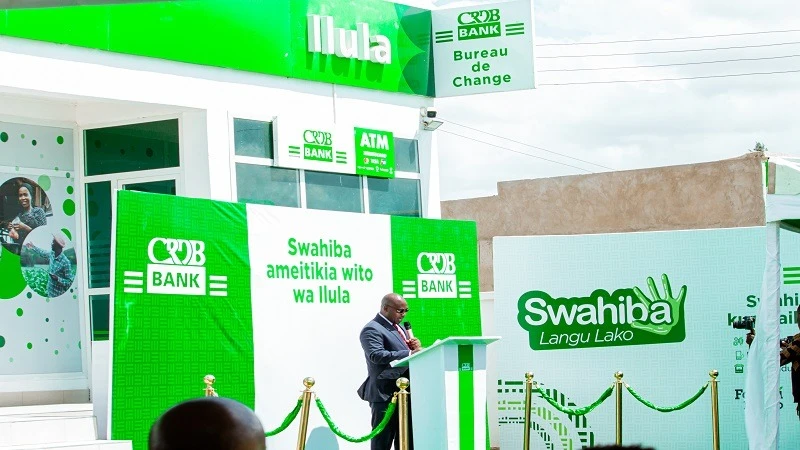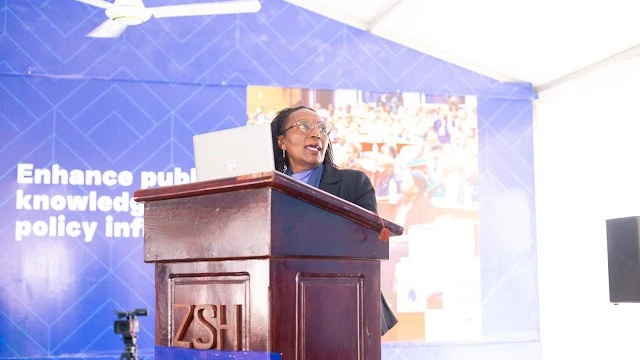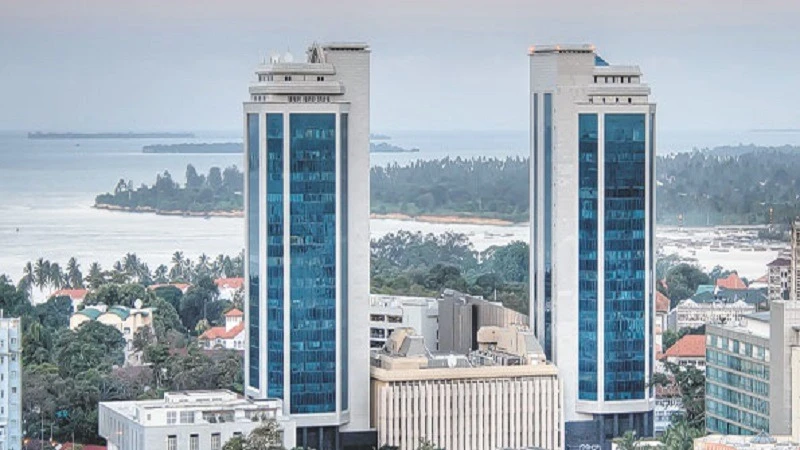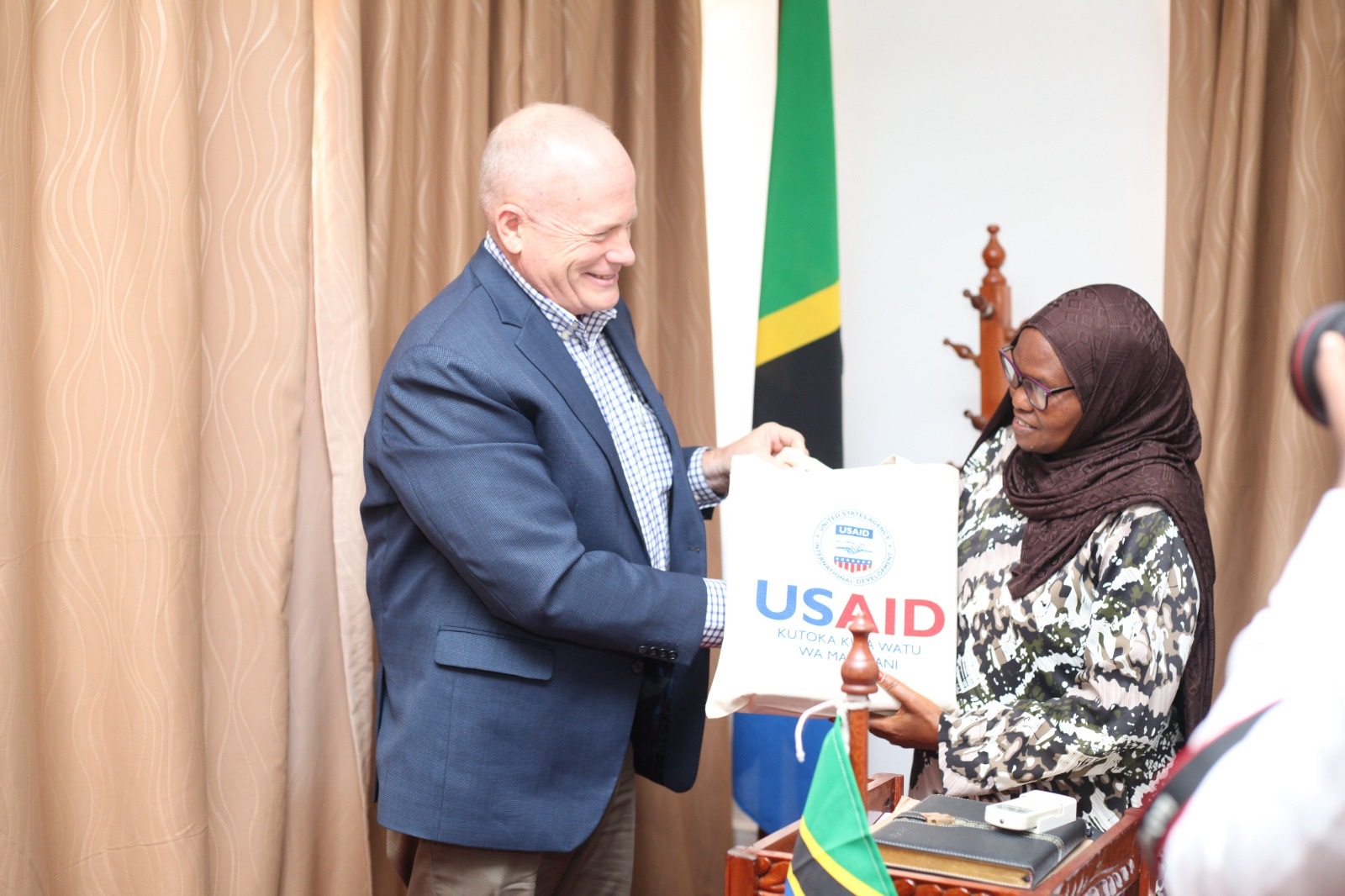BoT injects 1.1trn/- to improve banking liquidity
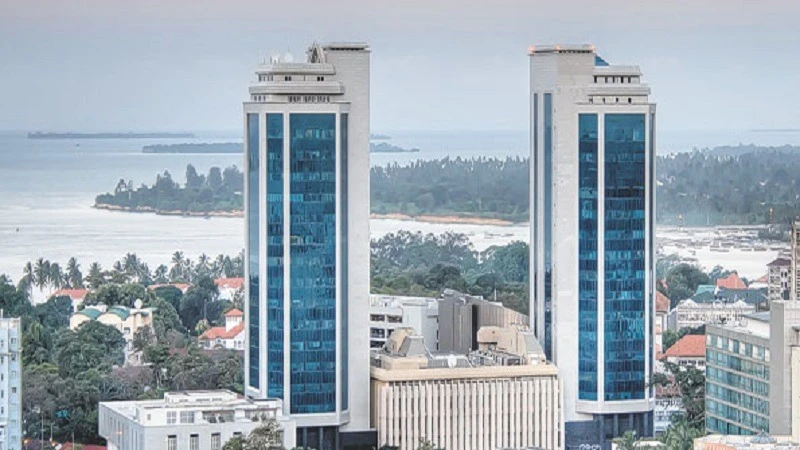
The Bank of Tanzania (BoT) injected a total of 1.1trn/- through auctioning revise repos in August, to improve liquidity condition into the banking industry, which resulted into lowering of the 7-day rate to the CBR corridor.
The BoT monthly economic review for September indicates that there were high demands for liquidity in the Interbank Cash Market (IBCM) in August, driven by seasonal factors such as increased Tanzanian shilling demand for the crop purchase.
This increased shilling demands pushed up 7-day IBCM to the average of 8.17 percent in August, which was 0.17 percent points above the Central Bank Rate (CBR) corridor. The highest 7-day IBCM, according to the central bank daily reports was 9 percent.
In August 2024, IBCM total transactions reached 2,033.8bn/-, slightly lower than 2,375.4bn/- traded in the preceding month.
The share of overnight transactions to total IBCM transactions gained prominence, while that of 7- day transactions declined, reflecting a shift in preference towards short-term maturity amid high demand for shilling liquidity in the market.
The share of overnight transactions accounted for 49.1 percent of total market turnover, while 7-day transactions accounted for 12.7 percent, a decline from 33.3 percent in the preceding month.
Likewise, the overall IBCM interest rate increased to 7.79 percent from 7.24 percent in the previous month.
According to the BoT report, the last revise repos were conducted in April this year at the rate of 6 percent and the increased rate of revise repos was reported in August.
In August 2024, the central bank reports that it continued to implement monetary policy aimed at minimizing the pass through effects of exchange rate depreciation on the inflation outlook, and ensuring support for economic growth.
“The 7-day interbank rate was expected to fluctuate within +/- 200 basis points of the 6 percent Central Bank Rate (CBR) corridor, in line with the monetary policy stance,” the review notes.
Interest rates charged by banks on loans remained almost unchanged in August 2024 compared with the preceding month. The overall lending rates averaged at 15.26 percent, while the negotiated lending rates averaged at 12.79 percent.
On Thursday last week, the Monetary Policy Committee (MPC) decided to maintain the Central Bank Rate (CBR) at 6 percent for the quarter ending December 2024.
The decision was reached on the consideration that inflation is projected to remain low, consistent with the target of 5 percent. The MPC also projects growth to be steady in line with the improving domestic and global conditions.
Based on high frequency indicators, the MPC estimates growth to be at 5.8 percent and 5.6 percent in the second and third quarters of 2024, respectively, and is projected to grow at the same pace in fourth quarter of the year.
The projected growth is bolstered by improvements in global and domestic economic conditions. The improvement in domestic conditions is attributable to improving business environment and reforms, some of which implemented through the support of the development partners.
Agriculture is expected to increase significantly due to the usage of inputs (fertilizers and quality seeds) and pesticides, as well as investment in irrigation schemes. Construction and transportation are also expected to add to the growth momentum.
The Zanzibar economy grew by 6.4 percent driven by transport, financial and insurance, and construction.
Headline inflation was 3 and 3.1 percent in July and August 2024, respectively, and is projected to remain at around 3.2 percent in the fourth quarter of 2024.
The stability of consumer goods prices in the world market, adequate food supply, stable power supply, and prudent monetary and fiscal policies are expected to contain inflationary pressures.
Inflation also eased in Zanzibar, reaching 5.1 percent attributed to both food and non-food prices and is projected to remain consistent with the target of 5 percent.
The upside risks to the inflation outlook include the potential disruption of supply chains due to geopolitical conflicts.
Top Headlines
© 2024 IPPMEDIA.COM. ALL RIGHTS RESERVED











